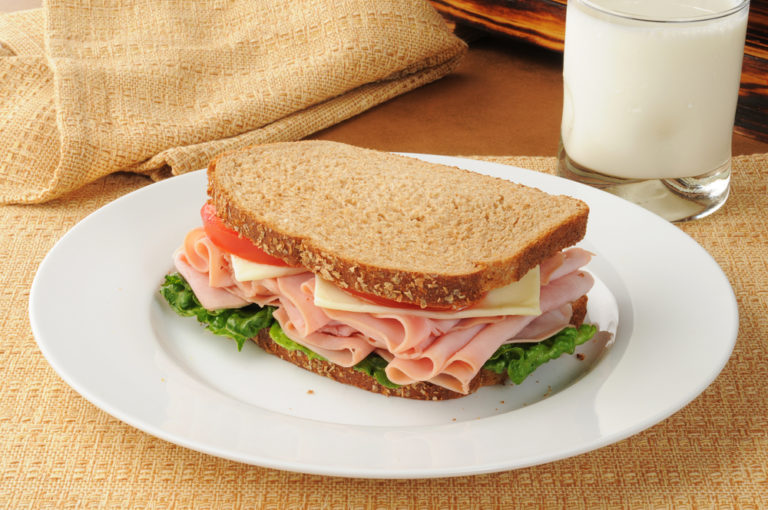Canadians care about their health, and are trying to eat better! A 2017 study found that:
- 45% of Canadians pay attention to the latest trends in health foods
- 35% of Canadians try to include a superfood (such as kale, broccoli or quinoa) in their meals
- 80% of Canadian women try to eat healthily, and 72% of Canadian men
And a big concern for the health-conscious Canadian is how to get enough calcium. This mineral is the most abundant in the body and essential for strong bones and teeth, which we need to function well throughout our entire lives. Calcium also contributes to the health of our muscles, nerves, and hormones.
The current recommended daily intake (RDI) of calcium for Canadians aged 19-50 years old is 1000 mg. Younger children aged 9-18 years old need about 1300 mg per day, and older adults ages 51-70 need 1000-1200 mg per day. And the best place to get it? Dairy products.
But what if you’re trying to eat lower fat foods–can you still get enough calcium if you eat reduced-fat or fat-free cheese?
Here’s what you need to know about the calcium content in cheese.
Calcium in cheese.
There’s a lot of calcium in the average serving of regular, full-fat cheese. That’s why dairy products are at the top of the Government of Canada’s list of calcium sources.
The amount of calcium varies, depending on the brand, the weight, and the cheesemaking process (among other factors). The label is your best source of information about nutritional content.
What kind of cheese has the most calcium?
Hard cheeses tend to pack the most calcium, because they have less water content.
According to Osteoporosis Canada, a 3 cm cube of hard cheeses like parmesan, cheddar, Swiss, Edam, gouda, Gruyere, or blue cheese has 245 mg of calcium. That’s nearly a quarter of your recommended intake!
What kind of cheese has the least amount of calcium?
Soft cheeses like Brie and Camembert have about 50% less calcium in the same size serving as hard cheeses.
Fresh cheeses like cottage cheese, goat cheese, Ricotta, and Mascarpone have even less. To get the same amount of calcium as one 30 g serving of hard cheese, you would need to eat nearly 400 g.
Mozzarella is also rich in probiotics, and those with lactose intolerance may find goat cheese easier to digest.
How much calcium is in fat-free cheese?
You may have noticed that Canada’s Food Guide now specifically references dairy products that are lower in fat.
New research has shown that some saturated fat, the type found in cheese, could actually be good for your heart. But there are personal reasons why someone would want to reduce their overall fat intake from the foods they eat.
If you want to reduce your overall fat intake but are concerned that you’ll miss out on other nutrients, you can still turn to dairy!
Low fat cheeses are still sources of calcium, it’s just less concentrated.
- Partially-skimmed mozzarella cheese or marble cheddar are a good source of calcium (21% RDI per 25 gram serving)
- Half a cup of cottage cheese (4% or less milk fat) and 50 grams of ricotta cheese (10% or less milk fat) are sources of calcium, providing about 8% and 12% RDI respectively
Fat-free cheeses have the least calcium of all cheeses, but you can still get a small portion of your daily intake.
19 g (one serving) of a typical fat-free cheddar cheese slice provides the least calcium, around 10% RDI
To learn about other sources of calcium, read our resource on Calcium-Rich Foods. And don’t miss our guide to how calcium absorption works.



